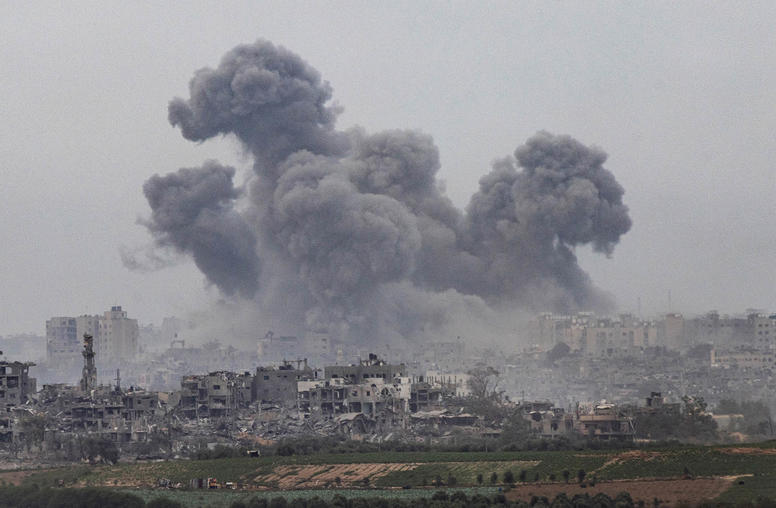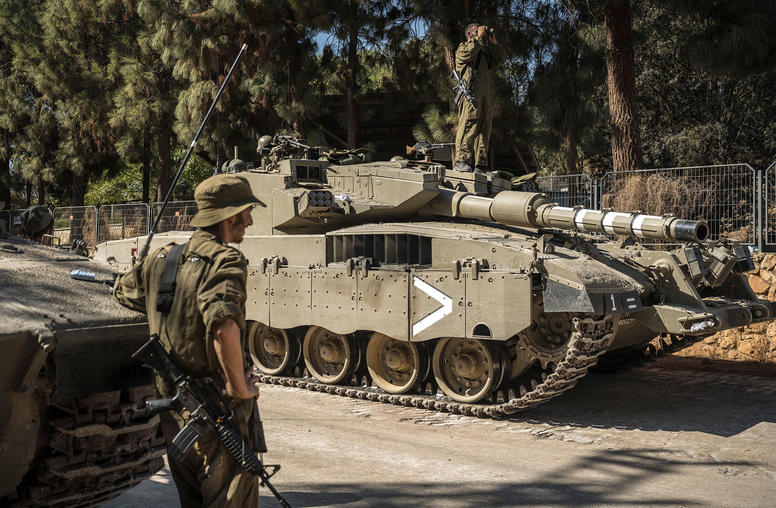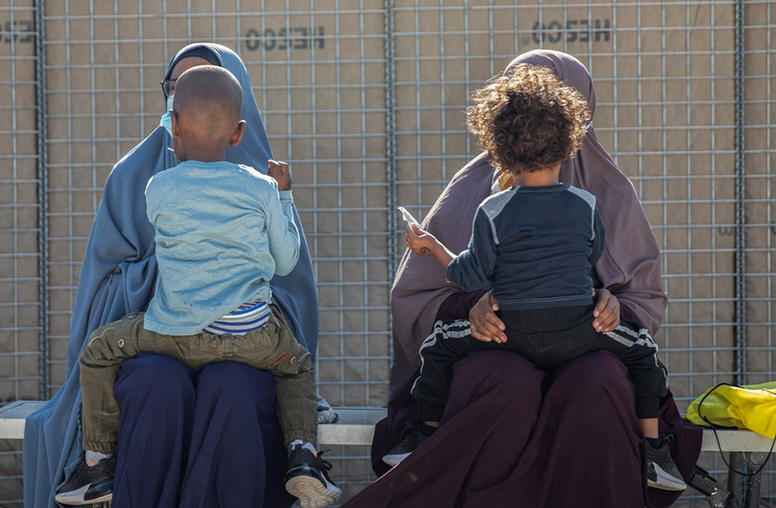One-Year Later: Earthquakes in Syria and Turkey
Lessons on International Disaster Response and the Challenges in Northwest Syria
On February 6, 2023, a series of devastating earthquakes rattled Syria and Turkey, necessitating a robust international response in an already challenging environment amid ongoing conflict and displacement. The immediate effect of the 7.8-magnitude earthquake and its aftershocks resulted in the deaths of tens of thousands and left countless survivors without homes, schools or hospitals. In Syria, the earthquakes exacerbated the humanitarian crisis that had already left millions displaced. The international responsibility to rescue was hindered by tensions in the region between a medley of actors, including the Syrian regime, Turkey, the Syrian Democratic Forces and the remnants of ISIS and its lasting effects.
On February 6, USIP held an event marking the one-year anniversary of the earthquakes featuring individuals who experienced the disaster firsthand and were involved in the relief effort. The conversation examined lessons learned from the international response — with particular attention paid to comparing the responses in Turkey versus Northwest Syria to highlight the difficulties in delivering relief to the latter in a timely fashion.
Speakers
Bachir Tajaldin
Country Director, Syria and Turkey, Syrian American Medical Society
Mufaddal Hamadeh
President, Syrian American Medical Society
Alex Mahoney
Division Chief for Middle East Levant, Bureau for Humanitarian Assistance, USAID
Mona Yacoubian, opening remarks/moderator
Vice President, Middle East and North Africa, U.S. Institute of Peace



